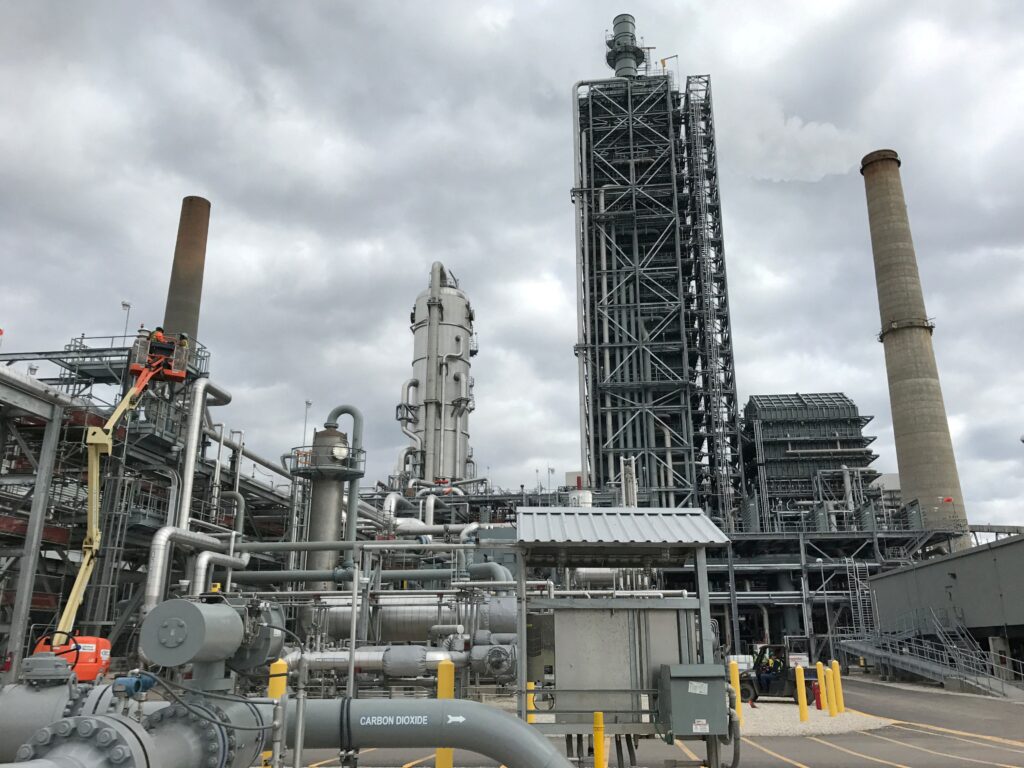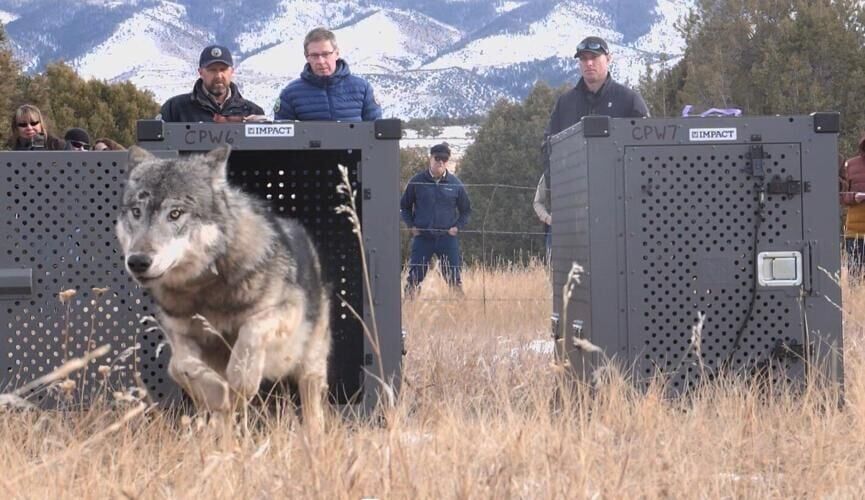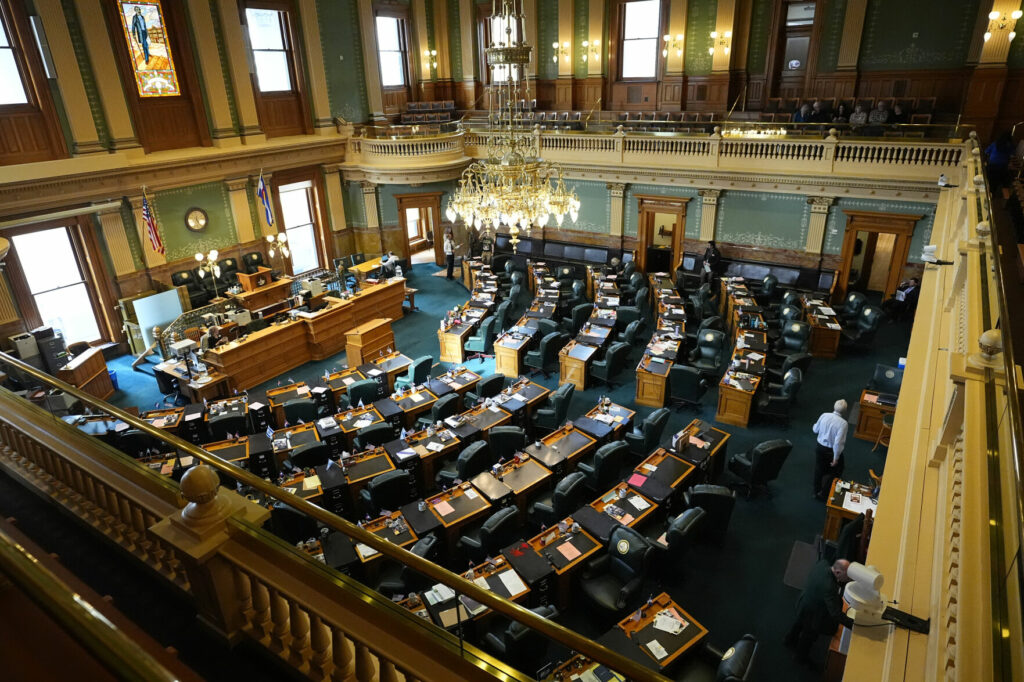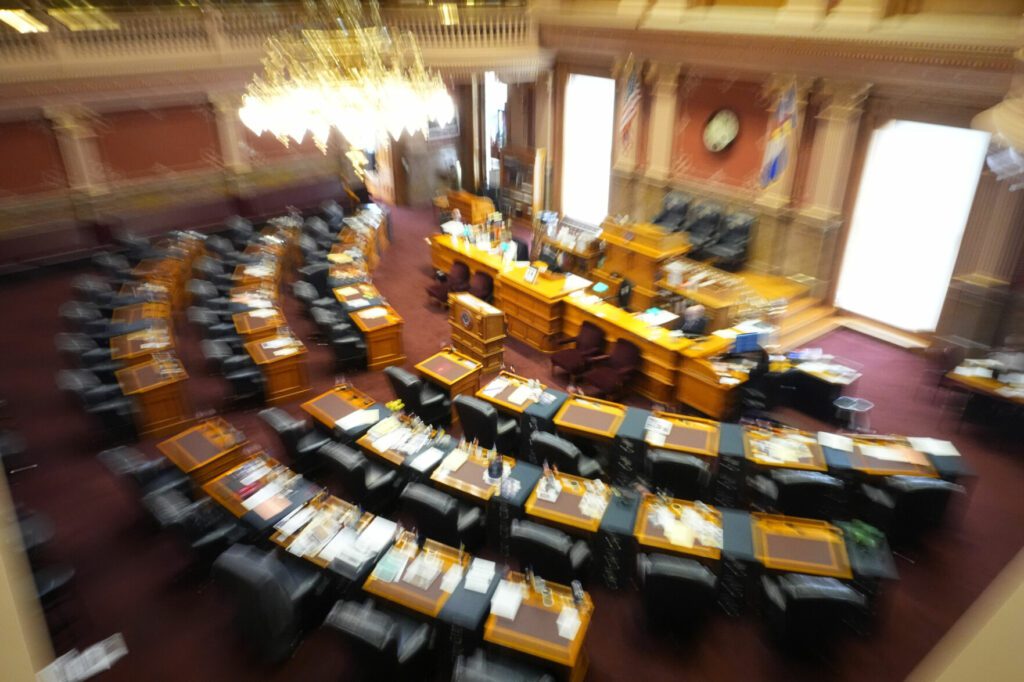Wyoming funds carbon capture research in hopes of preserving its coal industry
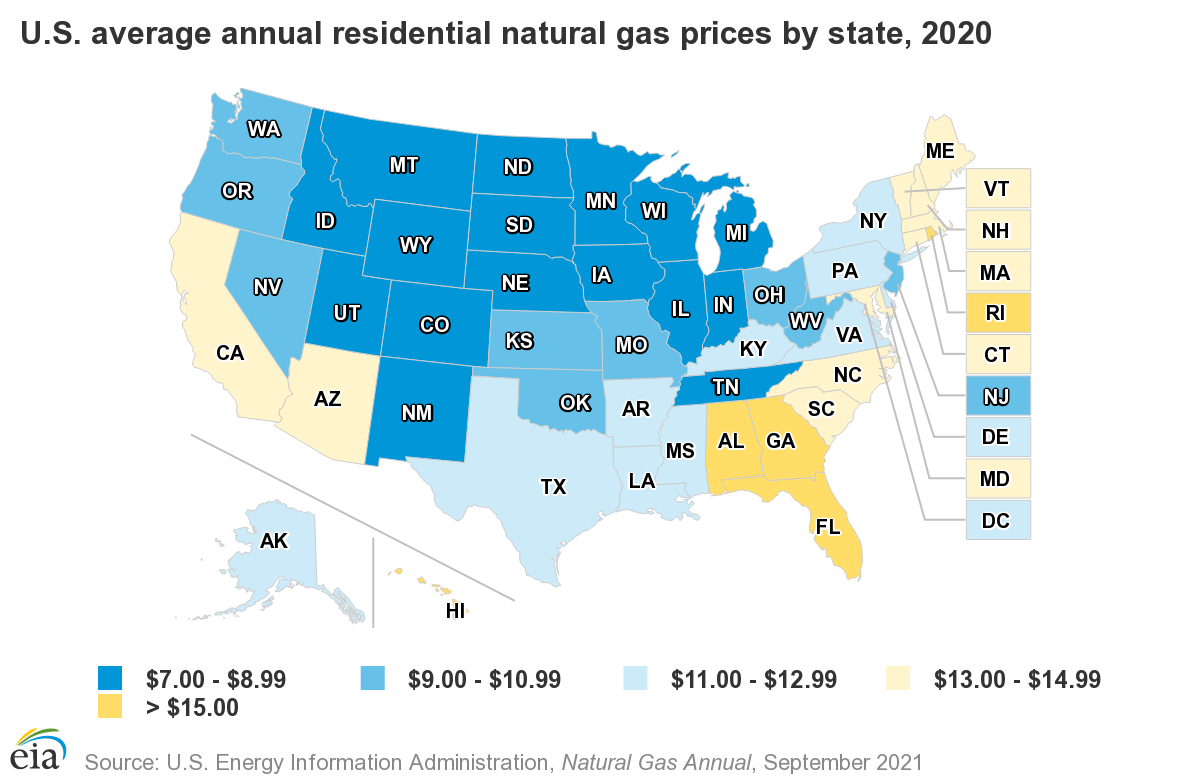
As Colorado transitions away from coal to renewable energy, neighboring Wyoming is investing in research and technology that officials hope will preserve its coal industry while also meeting carbon emission reduction goals.
Colorado is open to deploying such a technology, but not to extend the life of existing coal plants, a Colorado energy official said. The research into carbon capture is occurring at a time when states face the twin pressures of weaning themselves off coal-fired power and ensuring the availability of affordable and reliable energy.
In 2014, the Wyoming Legislature appropriated $15 million to build a research facility to test carbon capture, utilization and sequestration technologies.
The appropriation required the private sector to commit an additional $5 million, paid by the Tri-State Generation and Transmission Association, which serves more than a million consumers in Wyoming, Nebraska, Colorado and New Mexico. The National Rural Electric Cooperative Association pledged an additional $1 million.
In 2017, construction began on the Wyoming Integrated Test Center at the Basin Electric Power Cooperative’s Dry Fork Station near Gillette. The center officially opened in May 2018.
The facility provides live plant flue gasses at a realistic pilot-plant level that researchers use to test and quantify post-combustion carbon capture technologies.
Wyoming is serious about preserving its coal industry, which provides a large share of the state’s tax revenues and jobs. According to the center’s website, one goal of the research facility is for Wyoming to find technology that can be deployed to “help support jobs, local and state economies and keep electricity prices low for millions of people around the globe.”
“While we started construction in 2017, the story goes back a few years before that, to 2014, when the state of Wyoming was looking at the (federal) clean power plan and some of the regulations coming out of Washington, D.C., and wondering how do we get out ahead of that to make sure that there’s technology available to actually preserve the coal assets and industry in Wyoming,” said Jason Begger, the center’s executive director.
He added: “For a government-sponsored project like that, things did move very quickly.”
Over the last two years, COVID-19 has disrupted the center’s testing schedules.
“It’s been pretty quiet the last couple of years, but we have had four different projects come to the facility,” Begger said.
The technology being developed at the center is post-combustion, which means the equipment is bolted on at the back end of an industrial facility to capture carbon dioxide, Begger said.
This makes the technology applicable to many facilities that emit hot gasses containing carbon dioxide.
“What is being tested at this coal plant could ultimately be used at a natural gas plant, or even more importantly, at things like steel smelters or cement manufacturing facilities. … Any sort of major industrial facility could ultimately be an industry of interest for this technology,” Begger said.
It’s also applicable to the kind of natural gas-fired, quick-dispatch generators that Will Toor, director of the Colorado Energy Office, said might be needed in the next decade to replace the “firm generation” resources Gov. Jared Polis’ administration is shutting down in Colorado.
At an online forum last month, Toor was asked if his agency would have an objection to using carbon capture technology if it could make power plants carbon-neutral, especially if it helped spare coal towns the social and economic costs of shutting their plants down.
“We do not agree with the contention that carbon capture at coal plants either would achieve deeper emissions reductions or is a cost-effective way to move forward,” Toor said. “We see some very important roles for carbon capture going forward, but using carbon capture to extend the life of existing coal plants in Colorado is not something that the state agencies are supportive of.”
Begger pointed out that coal-fired power plants are more reliable than either renewables or natural gas in part because they can stockpile fuel supplies that help insulate ratepayers from the rapidly fluctuating market price for natural gas and ensure a constant, predictable supply of fuel for electrical generation.
“The average nationwide is about a two-month supply. I know a lot of utilities like to have a minimum of 30 days, if not 60 days’ supply on the ground,” Begger said.
Price volatility for natural gas is a significant issue and can change the economic balance between it, renewables and coal very quickly because supply can be easily diverted on a real-time basis based on demand. That’s less the case for coal thanks to the relatively slow and ponderous task of shipping and stockpiling that buffers prices in the short term.
“Over the last few months, we’ve seen a spot market for coal in the United States peak in a way that they haven’t seen in well over a decade,” Begger said. “The spot price for coal more than tripled because utilities are trying to get enough coal on hand to get through the winter because natural gas now is close to $6.”
According to the U.S. Energy Information Administration, spot prices for natural gas during February’s polar vortex deep freeze went from $2.87 per million BTUs to $23.86 per million BTUs, costing Xcel Energy $1.2 billion that ratepayers are being billed for.
The price for coal already stockpiled at power plants during the four-day emergency, which killed hundreds in Texas, didn’t change from when it was purchased before the freeze.
“I think as a society, we need to honestly look at the pros and the cons of all energy sources. Coal, certainly, it does have a large carbon footprint,” Begger said. “There are environmental concerns and considerations, but the reason it has been used for well over a hundred years is it’s really inexpensive. It’s very reliable. You can store it on-site. We seem to have lost sight of any of the benefits that come from a coal-fired power plant, and those benefits are still there.”
And if concerns about carbon emissions can be allayed, Begger said there is no reason not to preserve the infrastructure, industries and communities that serve such plants.
“I think if we’re going to be really honest about decarbonizing, you can’t get there without that reliability,” Begger said. “We should be looking at all sources, all opportunities and keep our eye on the prize. But it should be the carbon that is the foe here, not any one particular fuel source. I think it’s just really dangerous, at a time when energy prices are rising and when we’ve got a very unstable grid, that we’re talking about taking one of the most reliable, well-known sources of energy off the table completely.”




